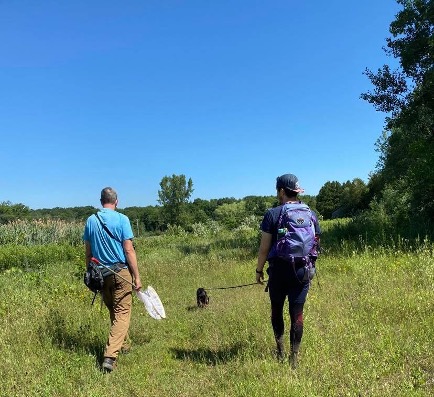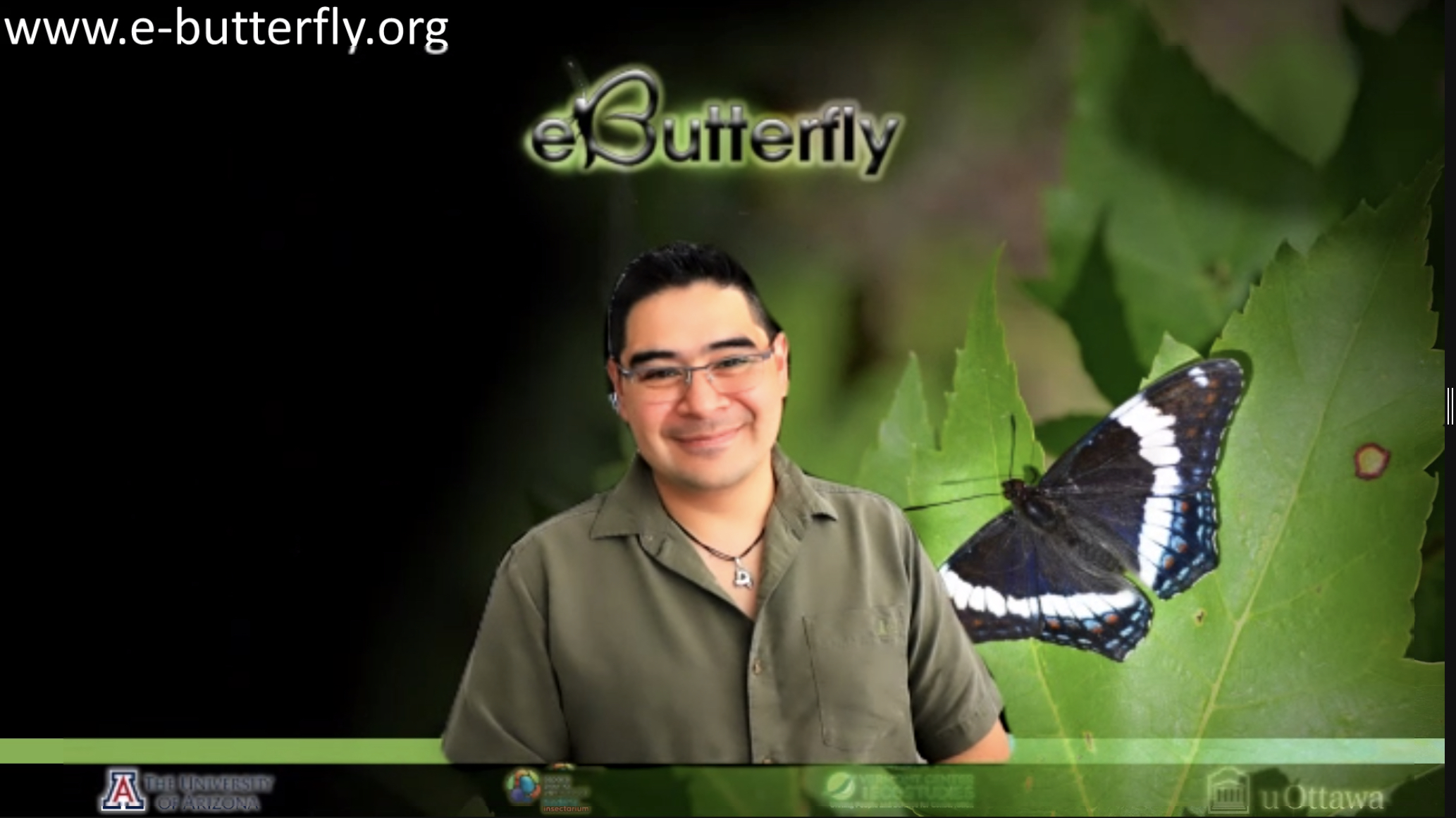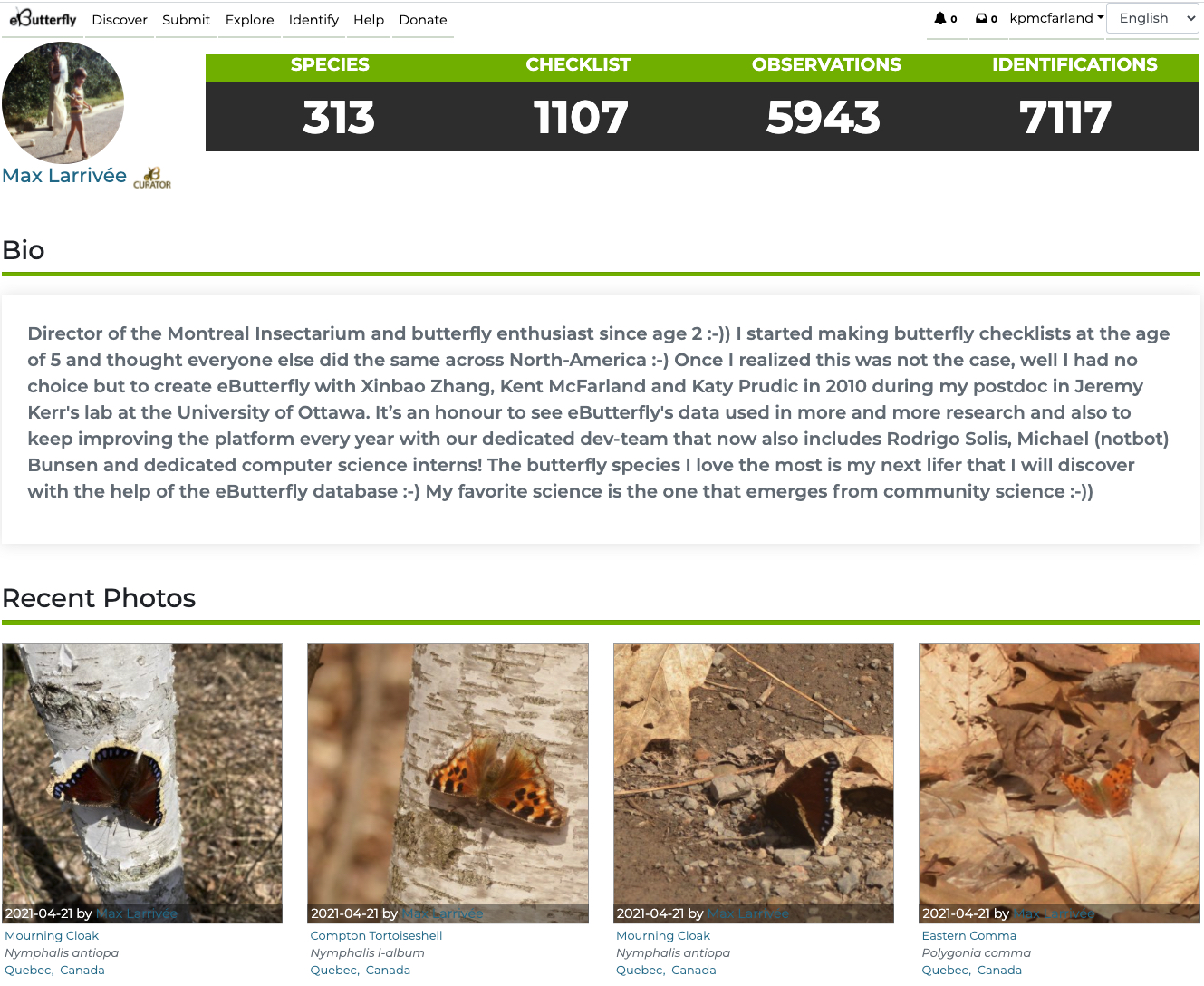Recorded Webinar: Using Community Science Data to Monitor Butterflies
Butterfly walks are not only a relaxing activity, but also an invaluable source of data for science. Join Dr. Federico Riva as he discusses the importance of the checklists recorded in eButterfly for his work: (i) the use of butterfly checklists to understand population changes and inform conservation practices; (ii) the importance of “imperfect detection” – our inability to see all butterflies when we are looking for them – and how we can maximize the number of butterflies that we see at a site; (iii) his current work with eButterfly, that leverages thousands of observations from community scientists to help understand regions of conservation priority across North America.



